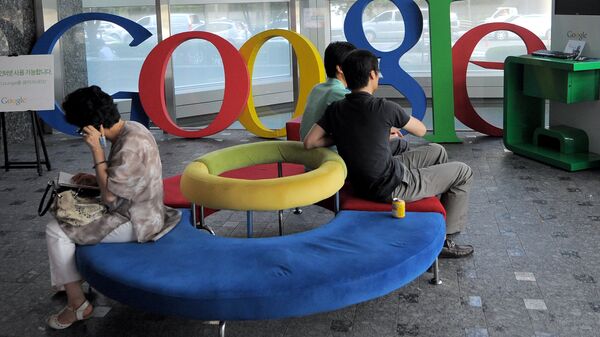For Scott Spencer, Google’s director of product management for sustainable ads, the decision was based on three criteria. Google slapped the ban on publishers with sites containing ads for illegal products, misleading ads, and inappropriate ads on the mobile platform. Google has not released a list of the blocked sites.
Banned publishers can no longer access Google’s AdSense network, which places text and visual ads for sites that use the service. One of the key crackdowns includes sites that use seemingly legitimate news outlet names with ‘.co’ attached.
"In 2016, we saw the rise of tabloid cloakers," Spencer wrote in a blog post. The problem is epitomized in the example of "when people click on that story about Ellen Degeneres and aliens, they go to a site selling weight-loss products, not a news story," he said.
Google stated that between November and December 2016, the company reviewed 550 suspicious sites, reprimanded 340 for violating policy, and banned 200 altogether.
Fake news content sites were not the only URLs to get axed, as 47,000 weight loss sites, along with 6,000 sites advertising counterfeit goods, were also banned from AdSense. "While we took down more bad ads in 2016 than ever before, the battle doesn’t end here," Spencer said. According to Google, some 1.7 billion ads were taken down in 2016, after they were found to be in violation of ad policies, a jump from 780 million ads removed in 2015.



